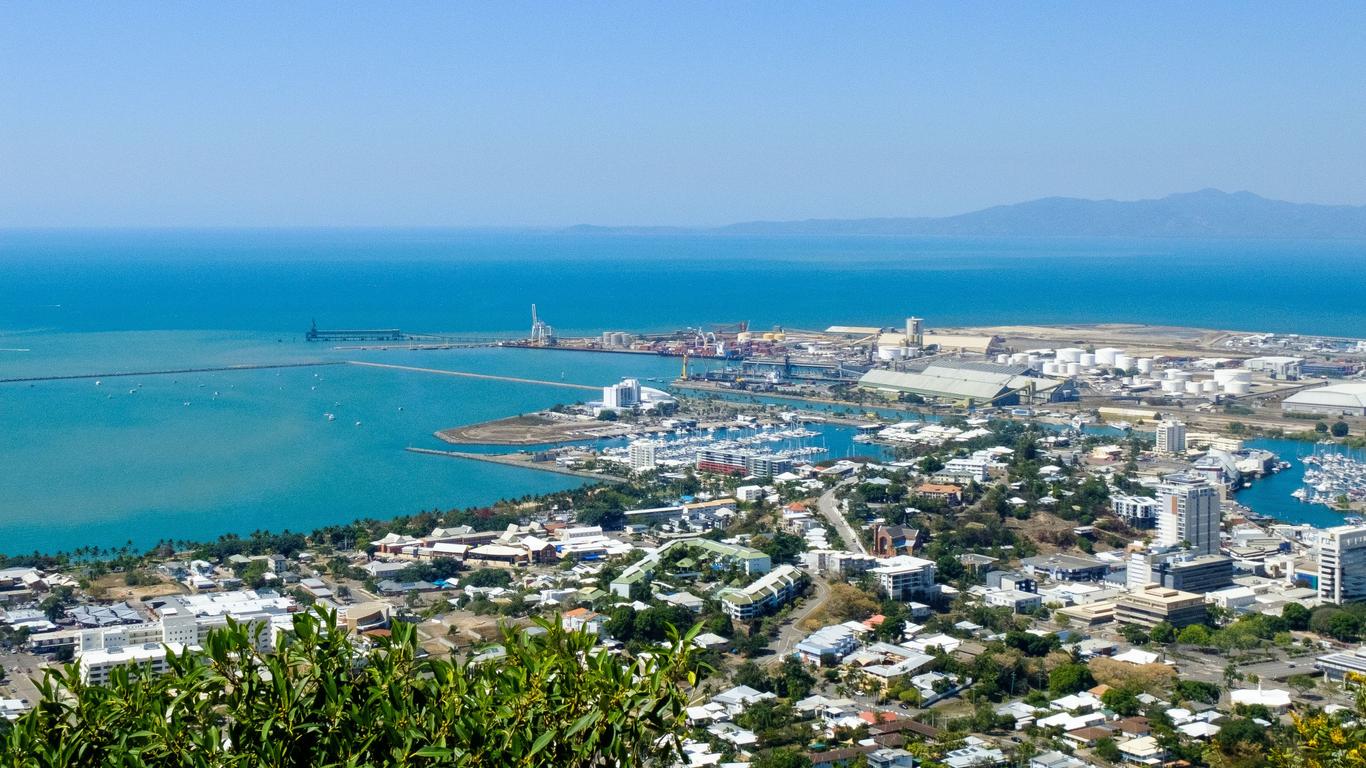One of the Seven Natural Wonders of the World, the Great Barrier Reef is a coral formation and a UNESCO World Heritage Site. Known as Australia’s “Blue Outback”, it is comprised of individual reefs and islands that lie to the east of the Coral Sea and extends south into the Pacific Ocean. Popular for its clear waters and vibrant array of underwater marine life, the 3,000 individual reefs and 900 islands make up around 65 kilometres off the coast of Queensland.
Considered one of the world’s most stunning natural wonders, travellers come to the Great Barrier Reef to explore its abundant sea life that includes whales, turtles and over 400 species of colourful fish and coral. Peppered with island resorts nestled amongst the clear waters, visitors come to explore the abundance of idyllic tropical islands and golden beaches. Snorkelling, scuba diving and sailing are popular water sports available, while there are a variety of tours to choose from, such as the glass-bottom boat tours, cruise ships and opportunities to swim with dolphins. Visitors can explore the molluscs, coral sponges, rays, sea turtles and more than 1,500 species of tropical fish, in addition to over 200 types of birds and a handful of endangered species, such as the Dugong sea cow.
International flights arrive at the Cairns Airport, while direct flights from Cairns, Brisbane, Sydney and Melbourne can land at the Great Barrier Reef Airport on Hamilton Island and Proserpine on Whitsunday Coast. The best way to get to the area’s attractions is by car, while secluded areas and island hopping day trips to the reef can be reached by boat. Helicopter tours are popular for spectacular aerial views of the reef while utilising the Queensland Rail is the most cost-effective way to explore the Queensland coast. Shuttle buses are available from the airport and taxis are ideal for short trips in the area.
Formed around 6,000-7,000 years ago, the Great Barrier Reef covers an area bigger than Great Britain. It is larger than the Great Wall of China and is the only livable thing on the earth that is visible from space. Established as a marine park in 1975, it was designated as a World Heritage Site in 1981.





